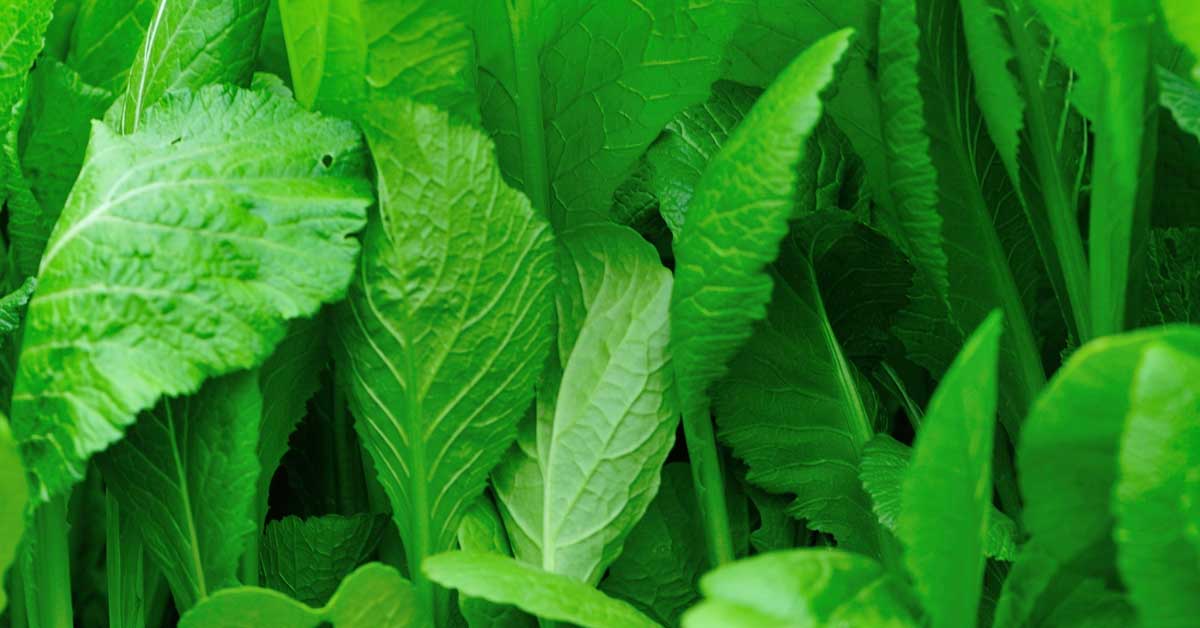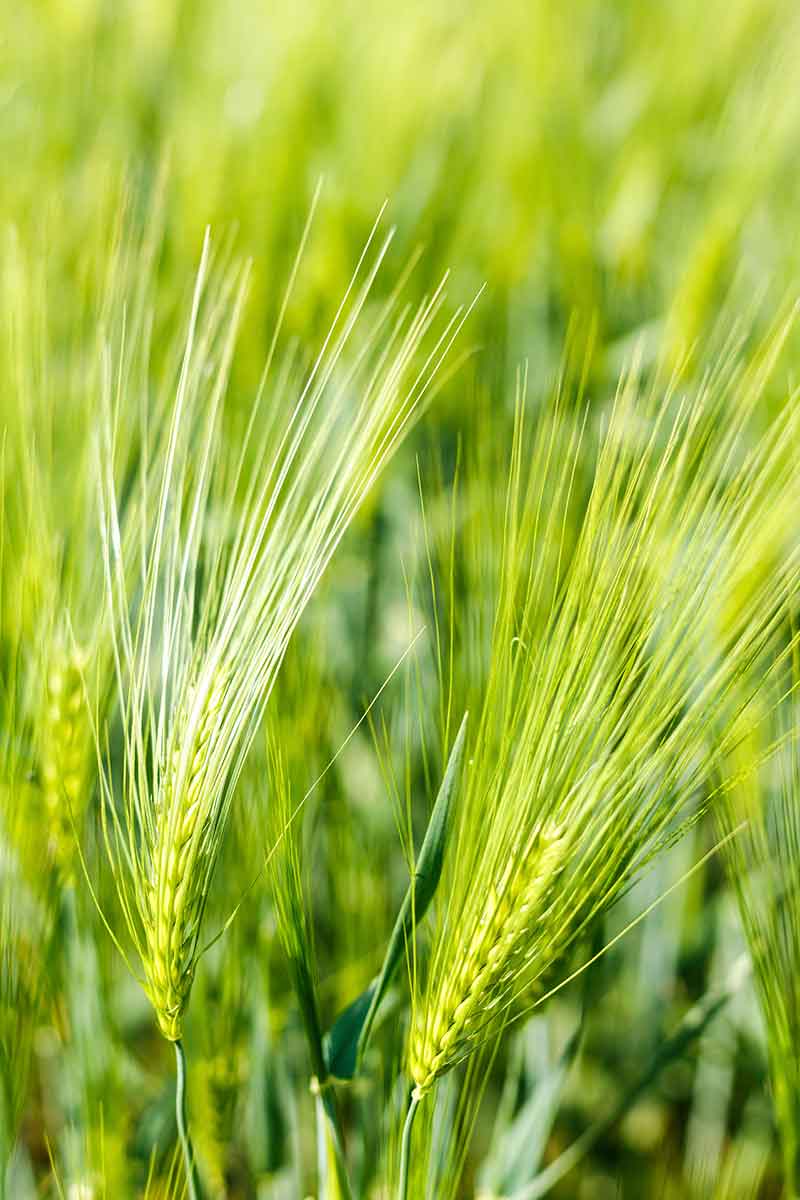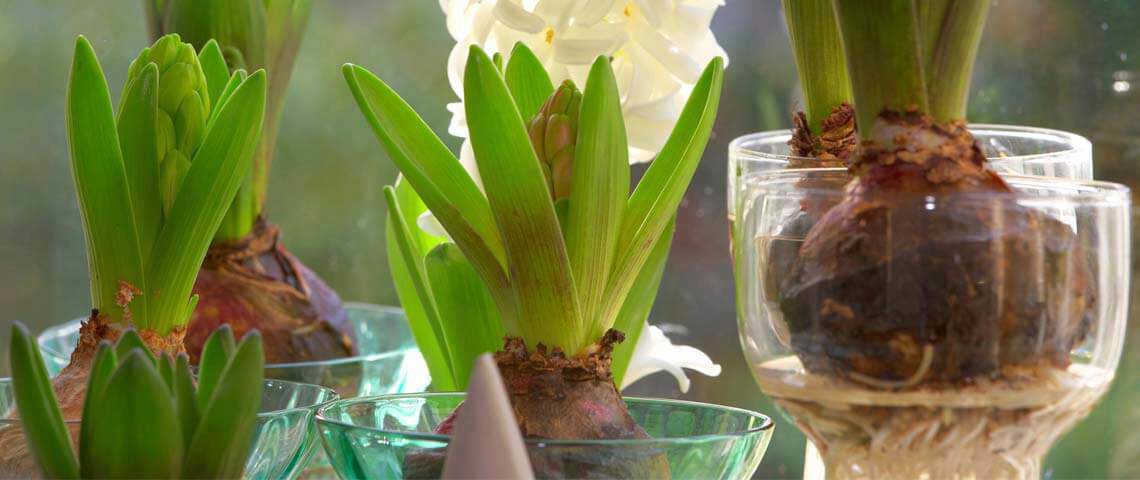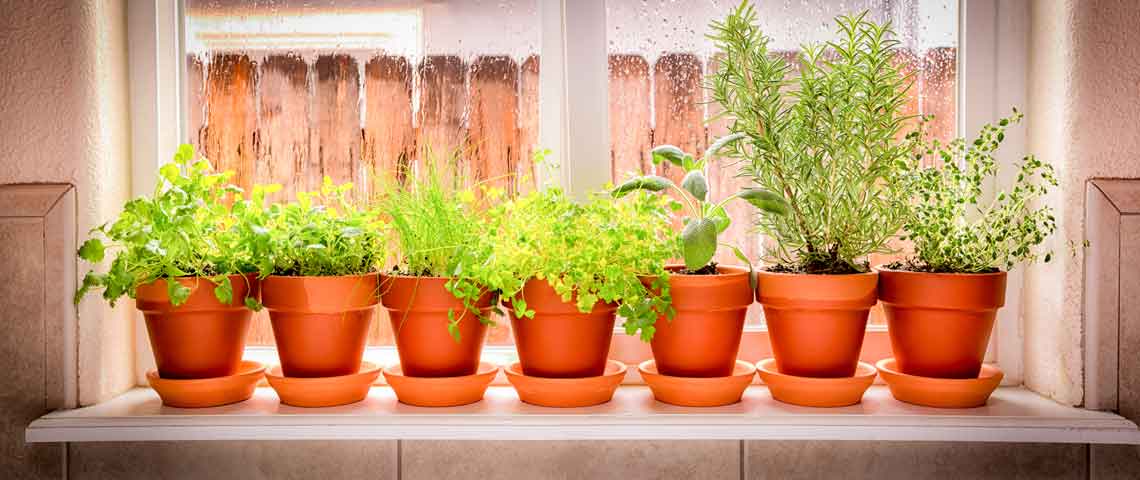How to Prepare Spring Soil and Prevent Winter Weeds with Cover Crops
If you're an avid gardener, the anticipation of spring planting builds over the winter. You might even stare out at your garden on cold winter days, thinking about the moment you can break soil. While the excitement of planting a garden never really diminishes, discovering that your garden space is full of weeds come spring can be disappointing. Luckily, there is something you can do to rest well over the winter: plant cover crops. Cover crops prepare the soil for spring and prevent winter weeds.
What are Cover Crops?
Cover crops are crops planted in an unused garden space and then removed when it's time to plant edible crops. Essentially, they are placeholders, keeping the soil active between growing seasons.
Also known as "green manure," cover crops serve several purposes.1 In addition to preventing weeds and fertilizing the soil, cover crops protect the soil from harsh winter weather, while keeping it loose by preventing erosion and compaction.
Types of Cover Crops and their Benefits
While it's easier to leave a garden space uncovered through winter, it's worth doing some work to establish a cover crop before winter arrives.
The biggest benefit of cover crops is their effectiveness against weeds. Cover crops act like mulch to shade the soil, preventing sun exposure to weed seeds.2 They also consume water and nutrients, leaving few resources on which weeds can survive. Rather than having a garden full of weeds like henbit and bittercress in the spring, growers enter the season with light, loose soil that is perfect for planting.
Cover crops also keep the soil biologically active by providing a food source for beneficial organisms.2 Insects, earthworms and different types of microorganisms feed on decomposing matter in the soil, converting rotting material to available nutrients.
Cover crops fall into three categories,3 and each type of benefits the soil in a different way:
- Legumes. Clovers, alfalfa, peas and vetch are all common legume cover crops. The most notable feature of legumes is that they work with certain soil bacteria to convert atmospheric nitrogen into nitrogen in the soil that can be absorbed by plant roots. This is known as nitrogen fixation.4
- Grasses. While they don't offer nitrogen fixation, grass cover crops, such as oats, rye and wheat, improve soil structure by preventing compaction and erosion.
- Non-Legume broadleaves. The roots of mustard, radish and buckwheat plants improve soil structure and remove excess nitrogen from the soil.5

Finally, selecting certain cover crops can provide very specific advantages. Mustard, for example, suppresses disease and harmful organisms in the soil 5, while legumes, such as Austrian peas, add nitrogen.6
How to Plant Cover Crops
Select the right type of crop based on your needs, and then plant before weeds have time to take root.
- Prepare your garden for cover crops immediately after fall vegetable plants are removed.7 Remove all existing weeds, and then loosen the soil with a tiller or shovel to ensure good seed-to-soil contact.
- Fertilize the space with Lilly Miller All Purpose Lawn & Garden Food 16-16-16 or Lilly Miller All Purpose Plant Food 10-10-10 before seeding cover crops. This ensures that the soil is ready for you spring planting. Lilly Miller fertilizers are formulated for all types of vegetables.
- Plant seeds according to package instructions. Seed depth and spacing varies greatly, depending on the crop being planted. For example, Austrian peas should be planted 1-inch deep, while smaller seeds can be broadcast on the top of the soil at a rate of one seed per square inch.1
- Water well after planting.
Cover Crop Removal
In cold climates, allow cover crops to grow until the weather kills them. Leave the expired crops in the garden throughout the winter to protect the soil. In warmer climates, frost-tolerant cover crops, such as clover and Austrian peas, will survive the winter and put out new growth when the weather turns warmer. Till both expired and living crops into the soil 3 to 6 weeks before spring planting7, making sure you till living crops before they produce seeds.
The best time to add soil amendments is after removing fall crops, when the soil is bare. While cover crops do a lot to improve soil structure, adding fertilizer and other amendments at this stage will help develop a healthy soil environment. Earthworm castings add organic matter to the soil, making nutrients more available to your plants. To help loosen compacted soil, add Lilly Miller Garden Gypsum, which adds valuable calcium to prevent blossom-end rot in next season's fruits and vegetables.8
The best spring gardens start with fall cover crops. A little effort in the autumn, combined with the correct combination of soil amendments at the right time, will assure healthy soil for weed-free spring planting.
Lilly Miller is a registered trademark of Central Garden & Pet Company. Pennington is a registered trademark of Pennington Seed, Inc. Fast Acting is a trademark of Encap, LLC
Sources:
- "Improve Your Soil with Cover Crops," Cornell University, June 2013
- William S. Curran, Dwight D. Lingenfelter, Lyn Garling, Peggy Wagoner, "Cover Crops for Conservation Tillage Systems," Penn State Extension
- Anne Verhallen, "Cover Crops: Cover Crop Types," Ministry of Agriculture, Food and Rural Affairs, June 2001
- "Nitrogen Fixation," Texas A&M AgriLife Research & Extension Center at Overton
- Guihua Chen, Andy Clark, Amy Kremen, Yvonne Lawley, Andrew Price, Lisa Stocking, Ray Weil, "Brassicas and Mustards," Sustainable Agriculture Research & Education
- "Benefits of Cover Crops," Sustainable Agriculture Research & Education
- "Cover Crops for Vegetable Gardens," University of Illinois Extension
- Joshua L. Mayfield and William Terry Kelley, "Blossom-End Rot and Calcium Nutrition of Pepper and Tomato," UGA Extension, March 2009






